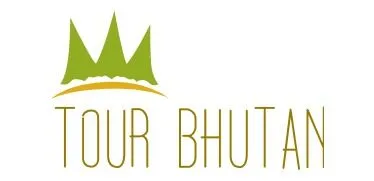Bhutan Thimphu Tourism
- Home
- Bhutan Thimphu Tourism
Bhutan Thimphu Tourism
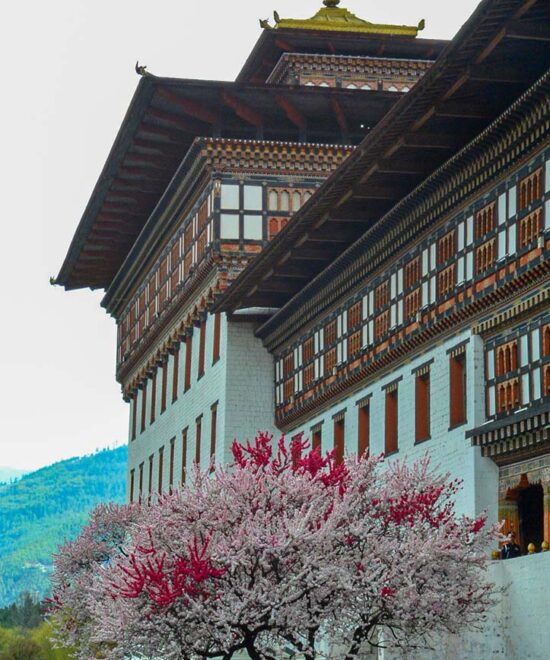
Thimphu
Other attractions in Thimphu include National Bhutan Library, Royal Botanical Garden, Simtokha Dzong, and National Folk Heritage Museum. Visitors can also climb the Bhutan Broadcasting Service Tower for panoramic city views, visit Jungshi Paper Factory to learn about traditional paper-making, or go on exciting safaris of Motithang Takin Reserve Forest and Tango Goemba and Deer Park. Additionally, Norling Market’s eateries offer delicious beef noodles, and visitors can cruise along the scenic Wang Chu river.
Overall, Thimphu is an excellent destination for those who appreciate art, history, and natural beauty, as it offers a range of activities and attractions for all visitors.
October and November are months of autumn which are closely followed by a chilly winter. September to November: The month of September marks the beginning of autumn in Thimphu and is considered one of the best times to visit the city. Visitors are greeted with clear skies and pleasant weather. Thimphu is usually cold in winter and warm in summer but spring and Autumn is the best time to explore the city.
Thimphu is the capital city of Bhutan and the most populated in the country with about 100000 living in the city, Thimphu has many interesting places to visit. Here we have listed the 30 best places to visit while in Thimphu.
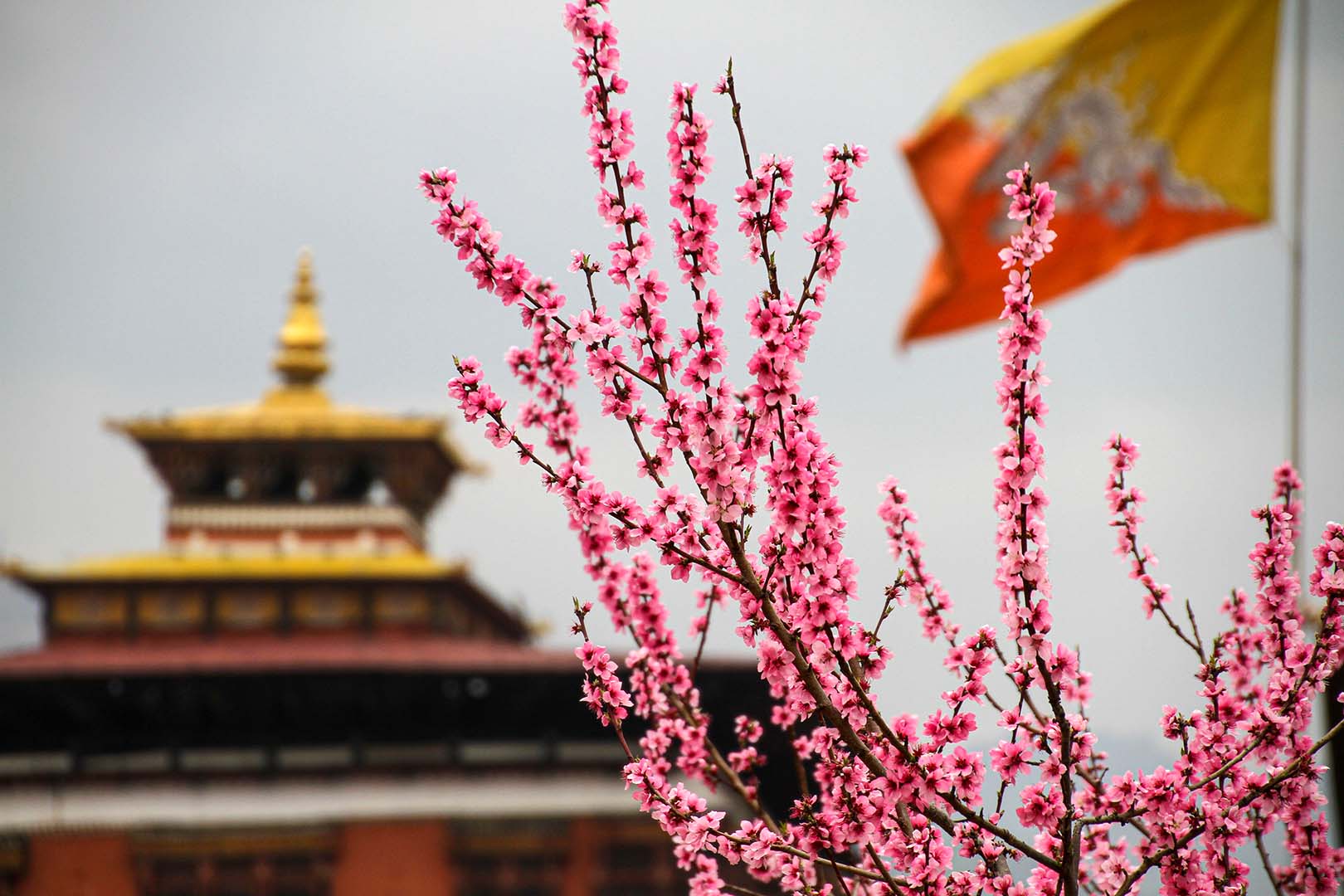
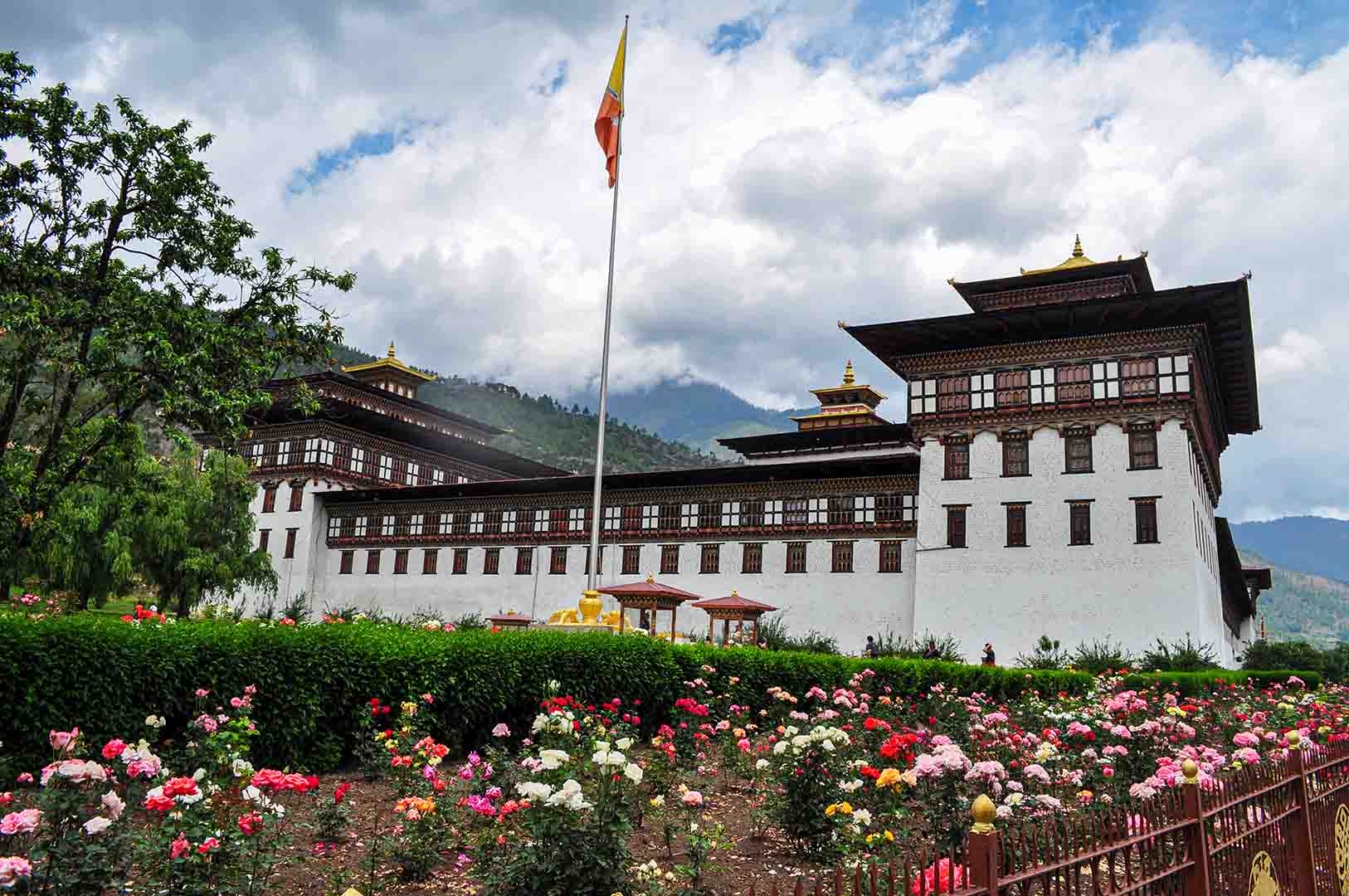
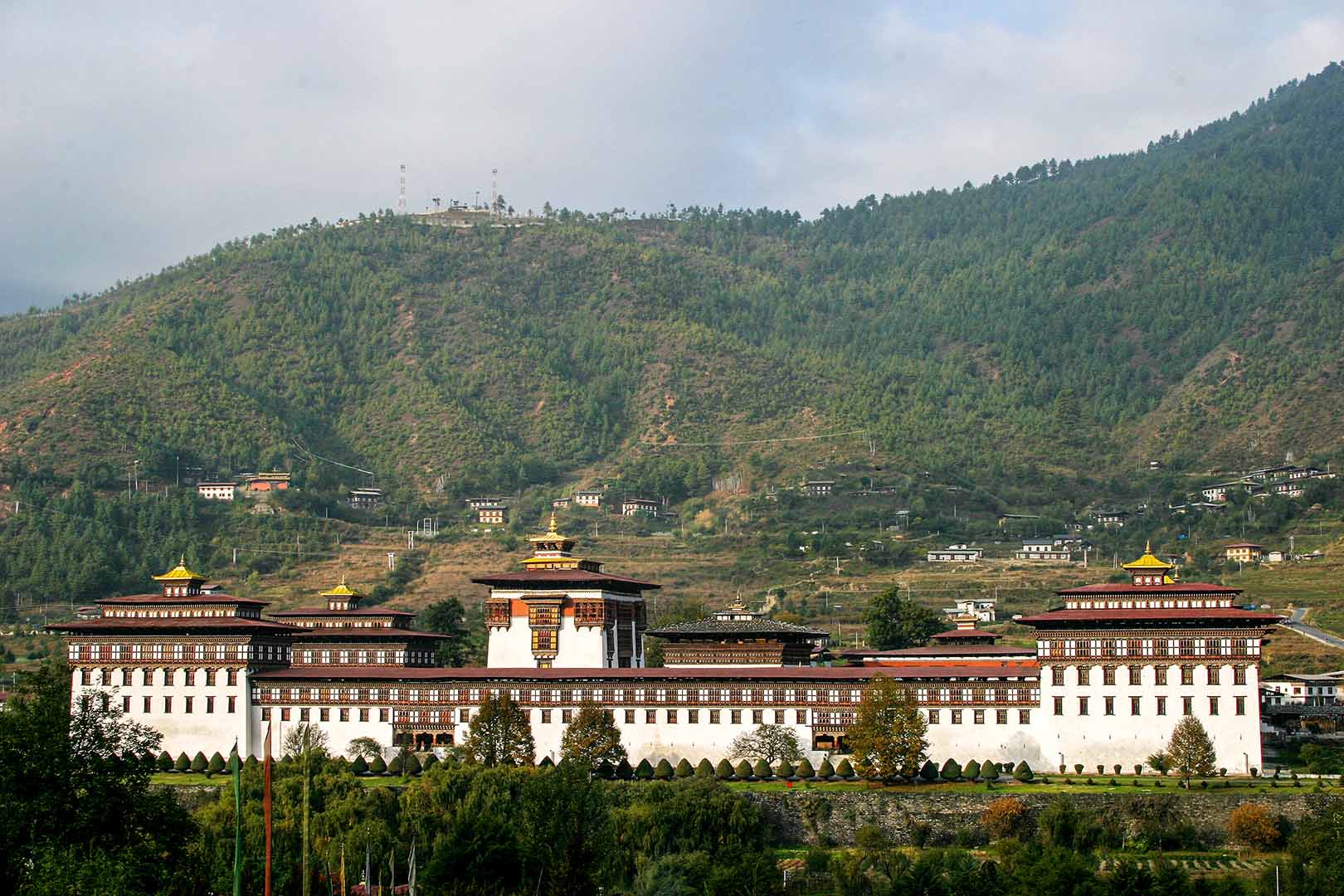
Tashichhodzong Fortess
It was built by the first Dharma Raja, who also founded the Lho-Drukpa sect of Buddhism, which has remained the distinctive sect of Bhutan. The correct transliteration of the vernacular name—Bkrashis-chhos-rdzong, meaning “the fortress of auspicious doctrine”—is, according to Graham Sandberg, Tashichhoidzong
Folk Heritage Museam
Simply Bhutan Museam
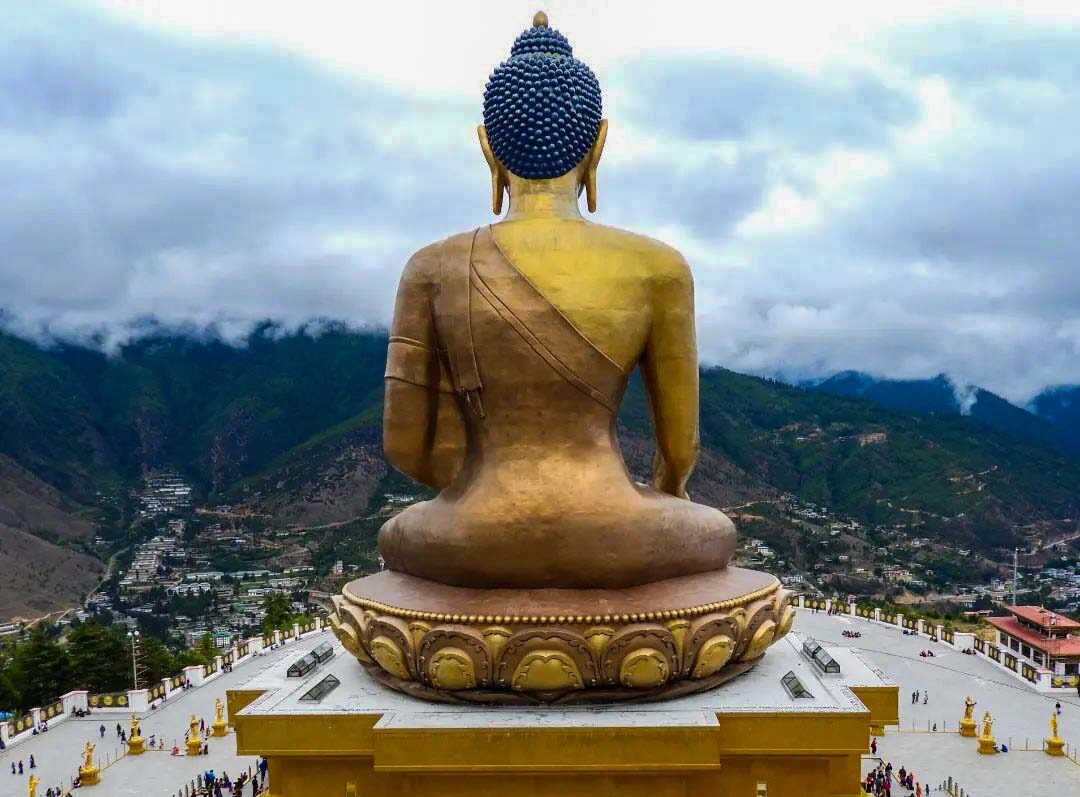
Largest Bhudha Statue
The Prophecy
The statue also fulfills two prophecies. The first is that a Buddhist statue would be built in the region to bring blessings, peace, and happiness to the world, as foreseen by yogi Sonam Sangpo. Additionally, Guru Padmasambhava, known as the “second Buddha,” mentioned the statue in the eighth century, making it a significant spiritual site for many Buddhists. This statue fulfills both prophecies in a stunning manner, shining like a beacon of peace, happiness, and spiritual enlightenment atop the hill in Thimph
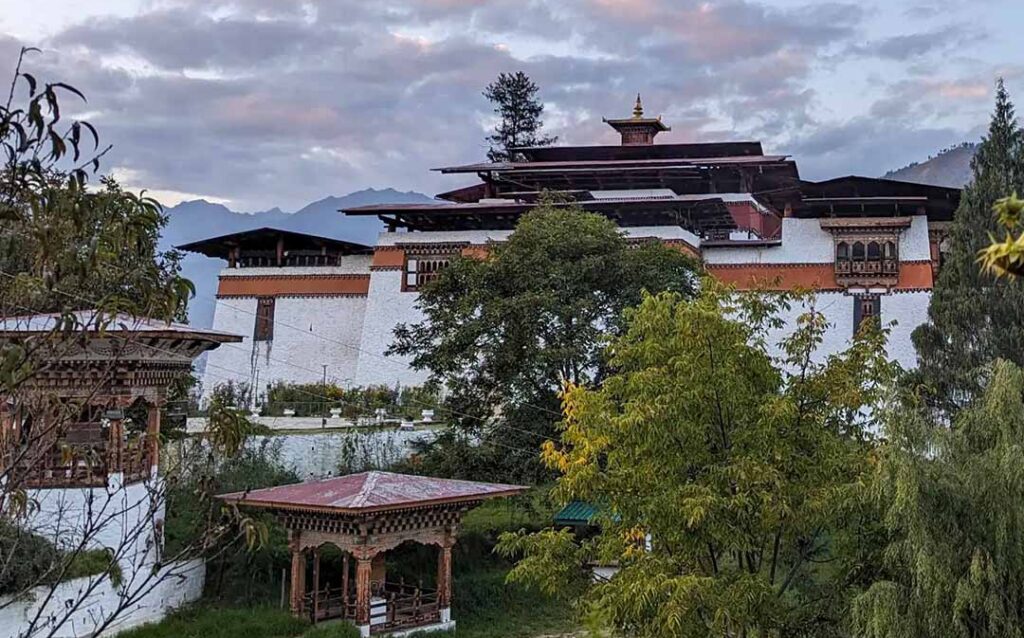
Simtokha Dzong
Royal Textile Museam
Since the Smithsonian Center for Folklife and Cultural Heritage partnered with the Royal Textile Academy, the latter has expanded to include offices and further its mission of preserving this essential aspect of Bhutanese art and history.
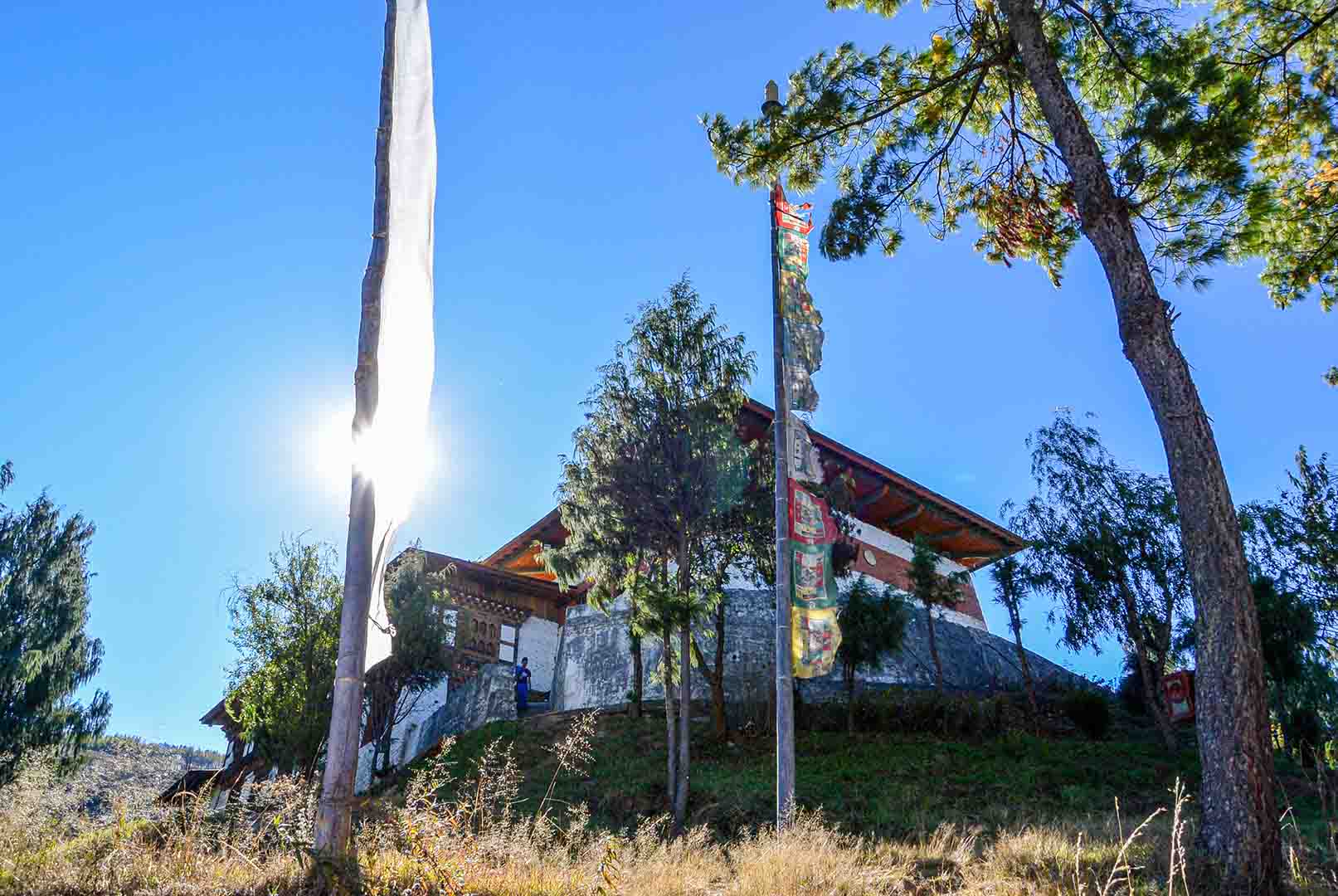
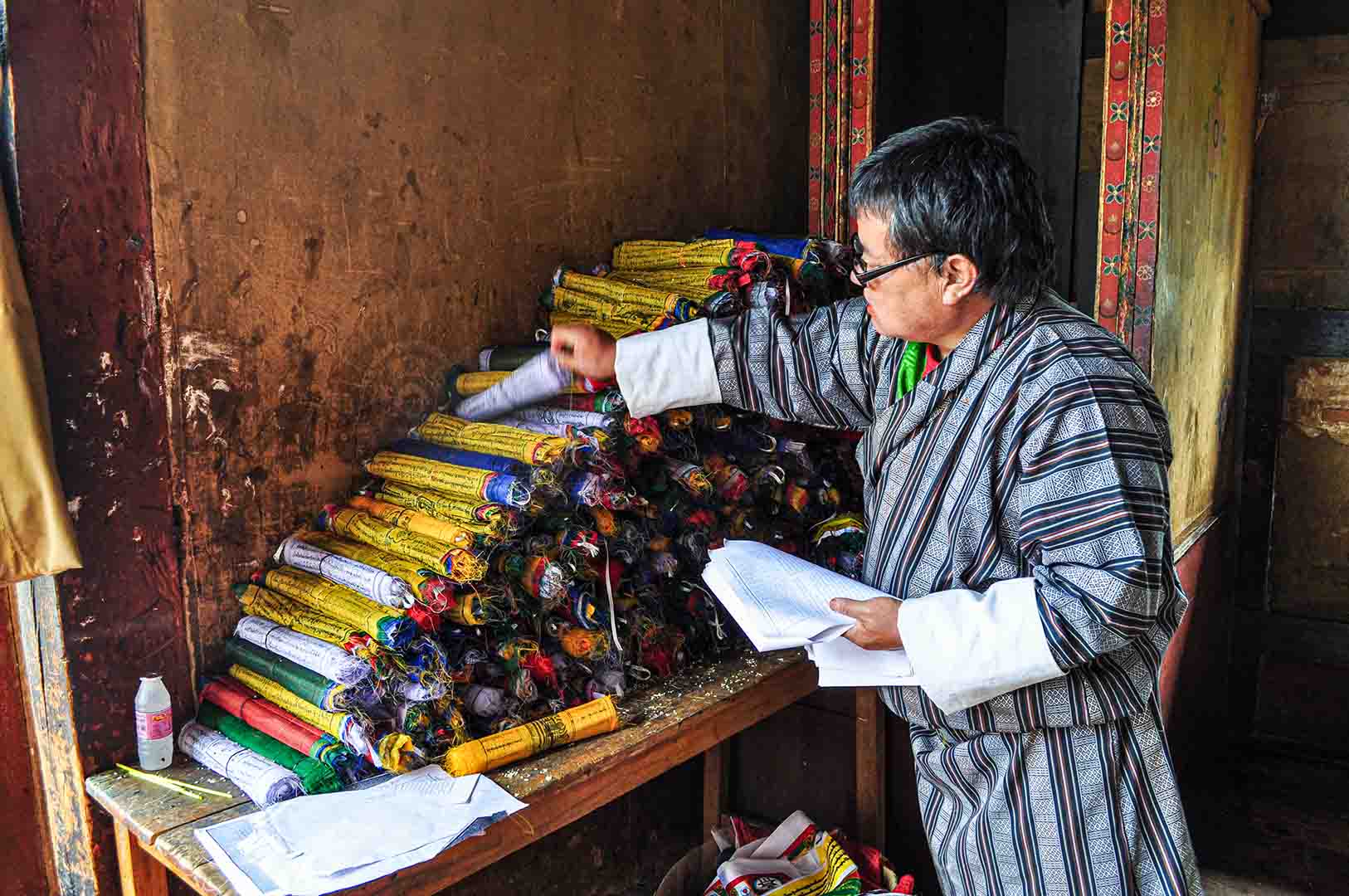
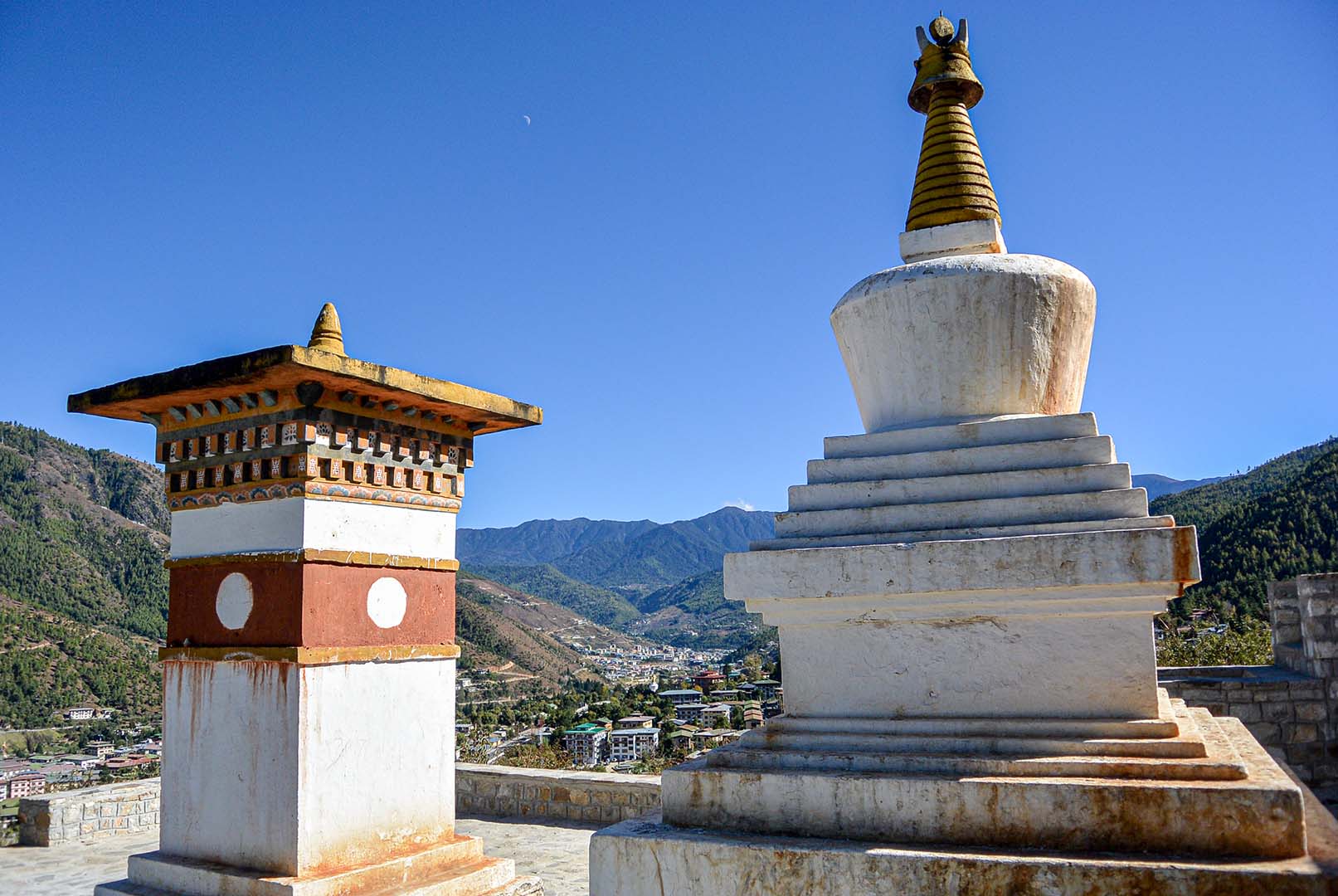
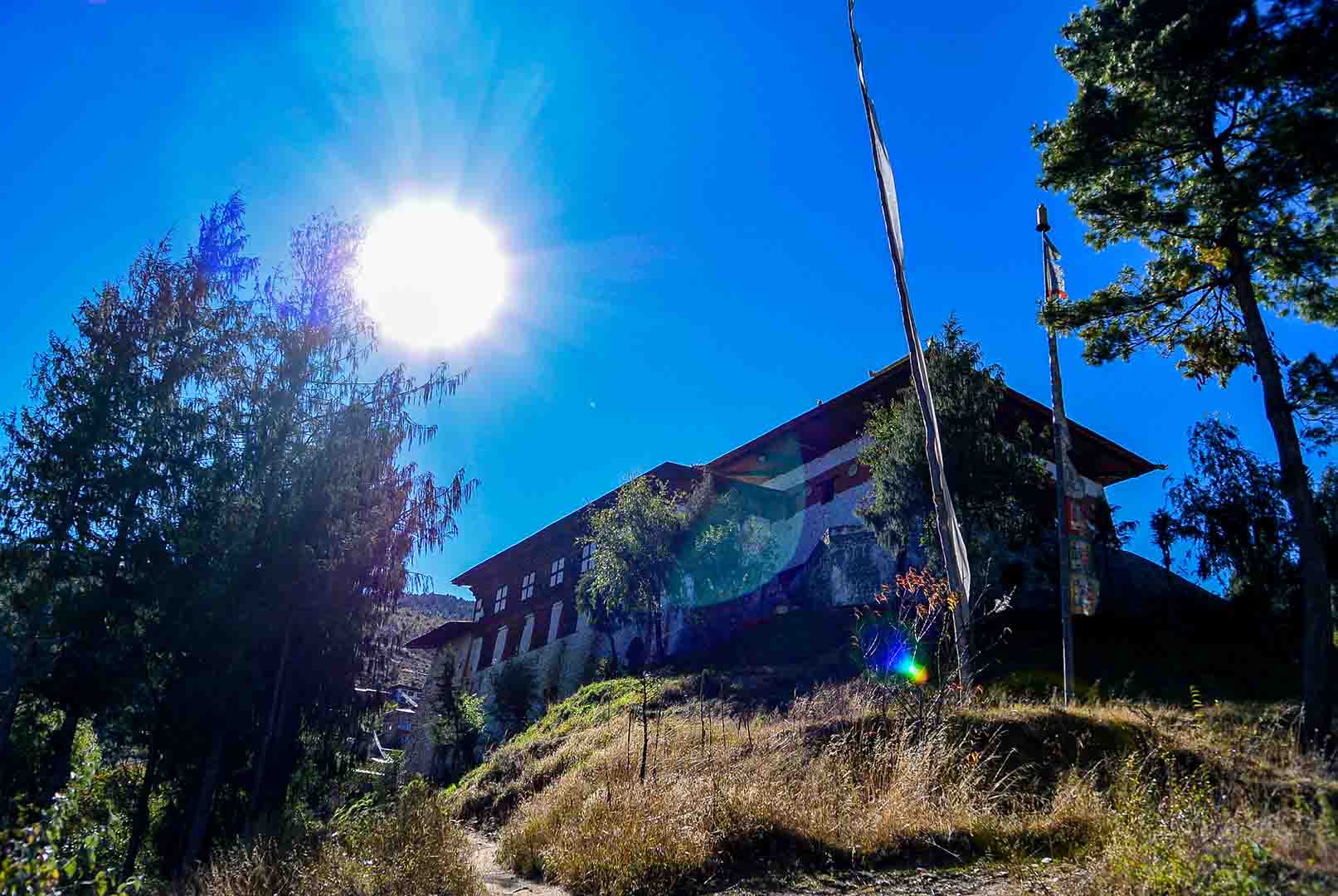
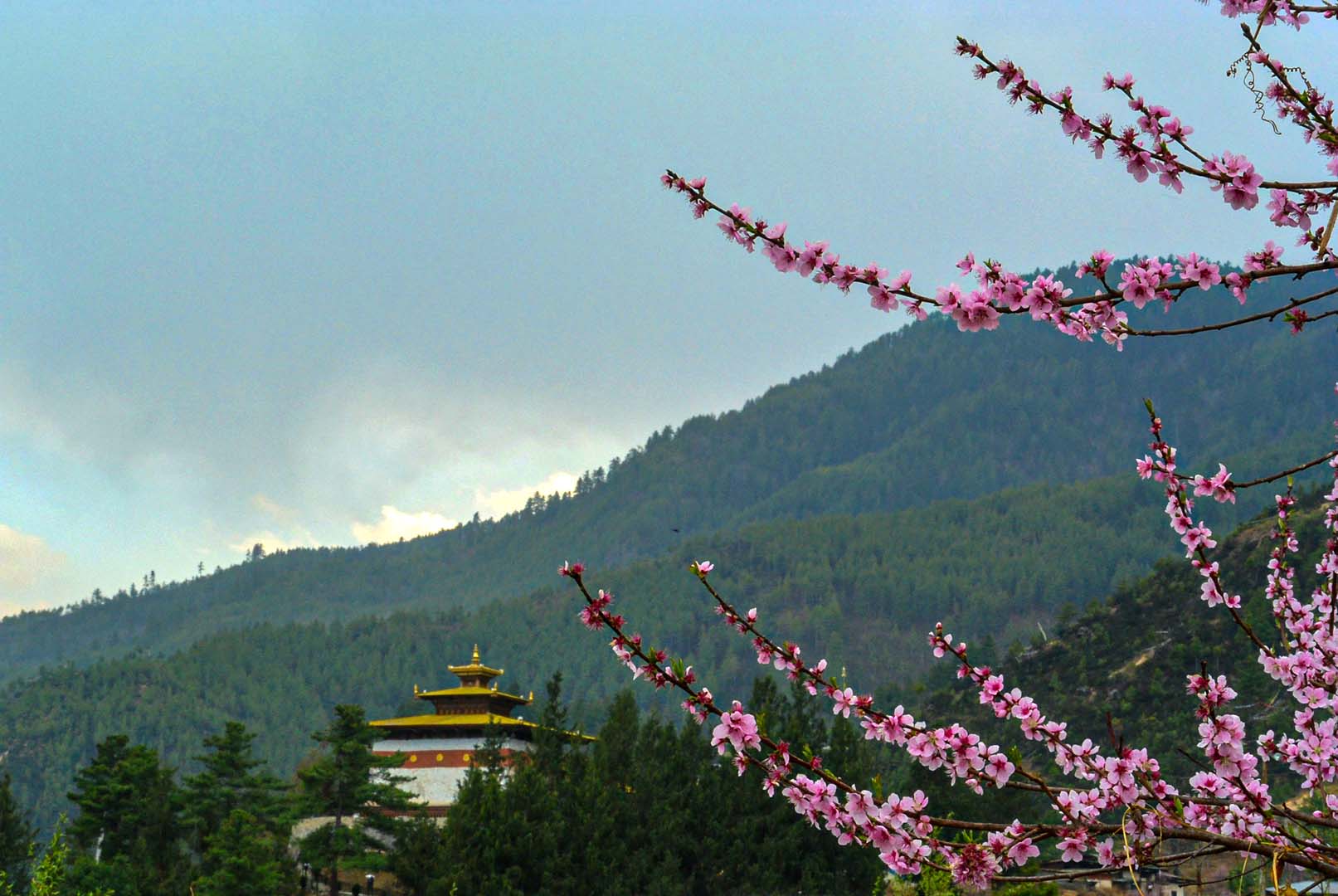
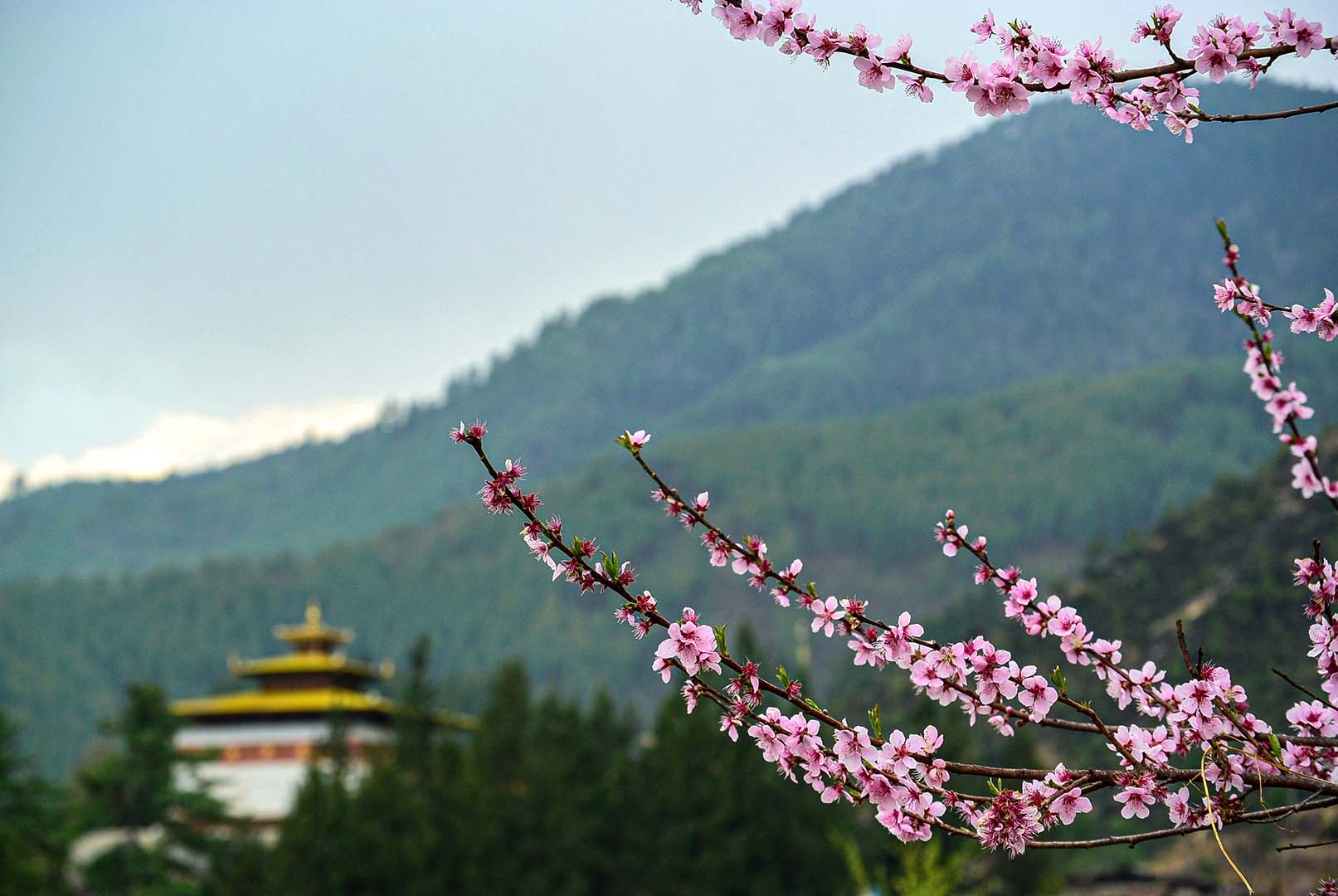
Changangkha Lhakhang
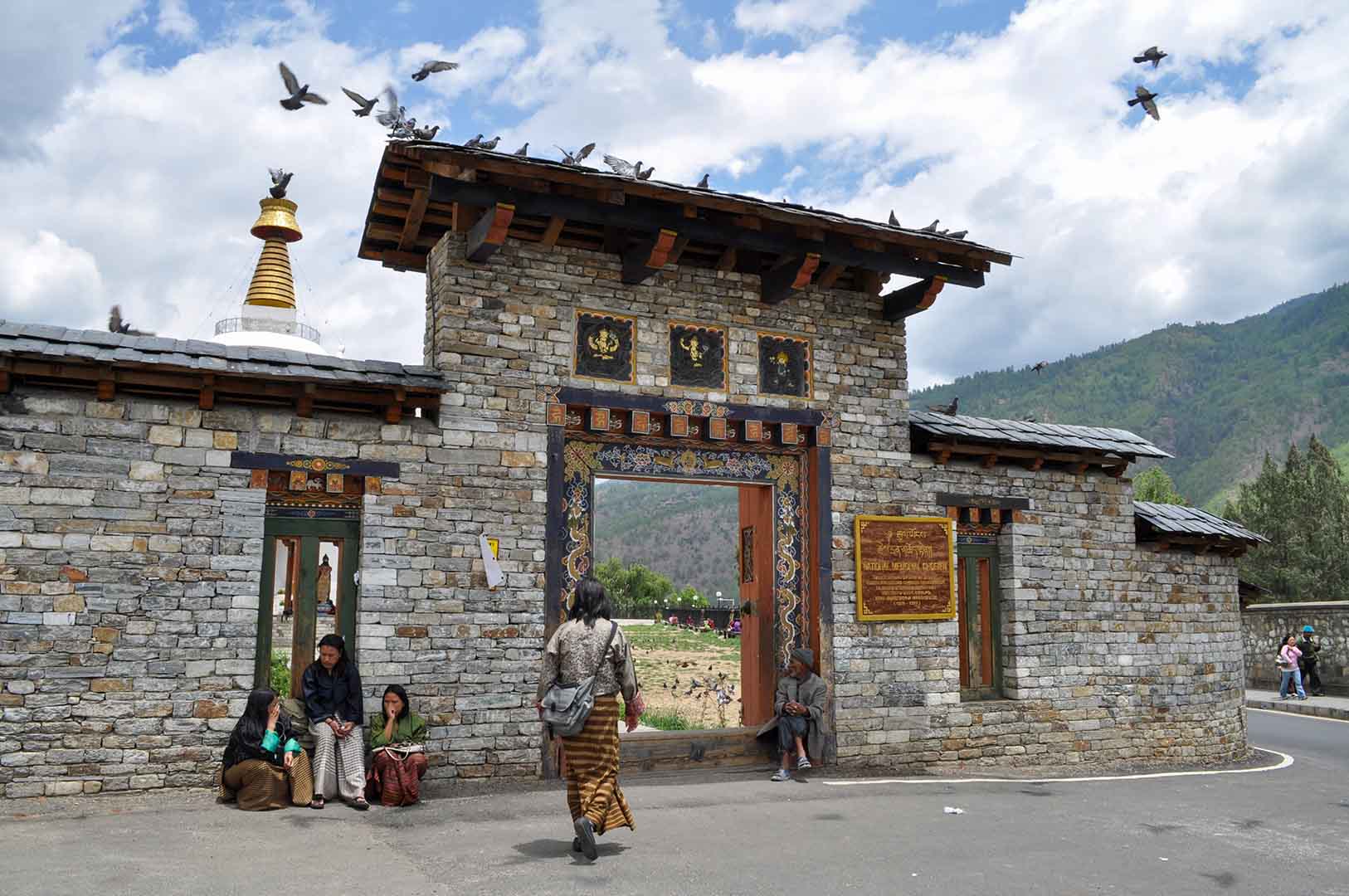
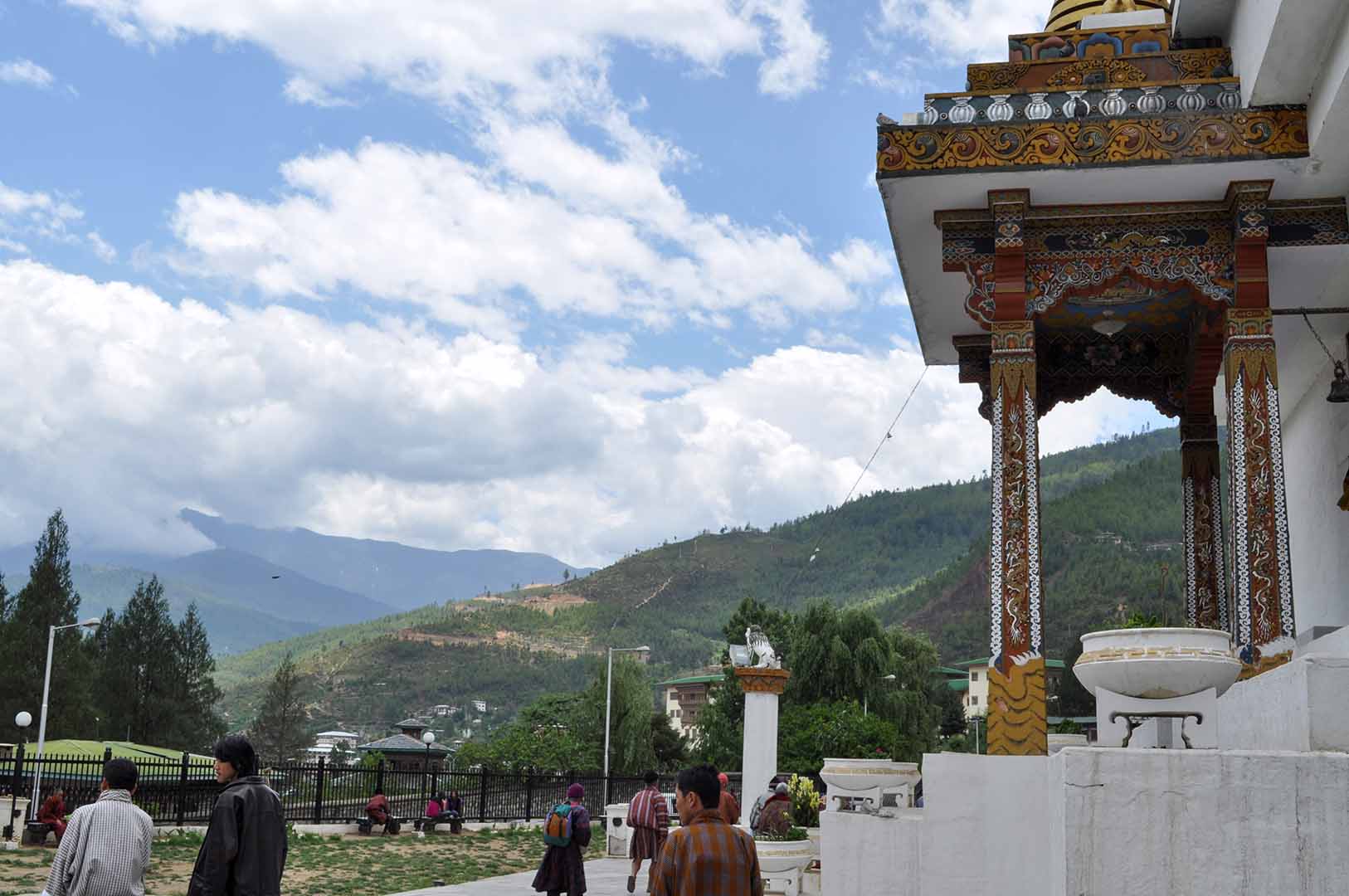
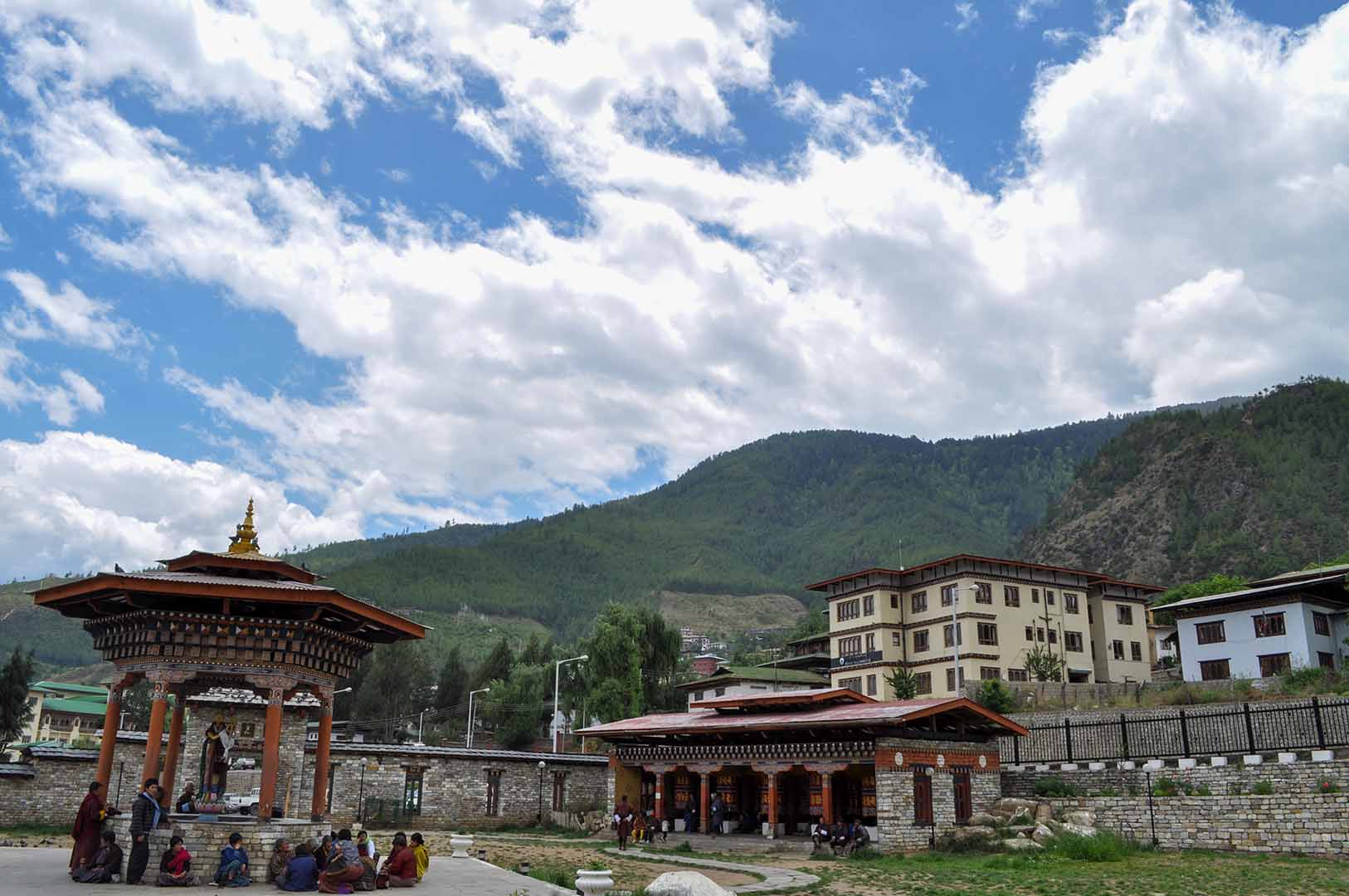
Memorial Chorten
The Memorial Chorten of Thimphu was conceived by Thinley Norbu Rinpoche (1931–2011),according to the Nyingma tradition of Tibetan Buddhism. It was erected in 1974 in memory of Jigme Dorji Wangchuck, 3rd Druk Gyalpo, who had died in 1972. The main patron was the Druk Gyalpo’s mother, Phuntsho Choden.
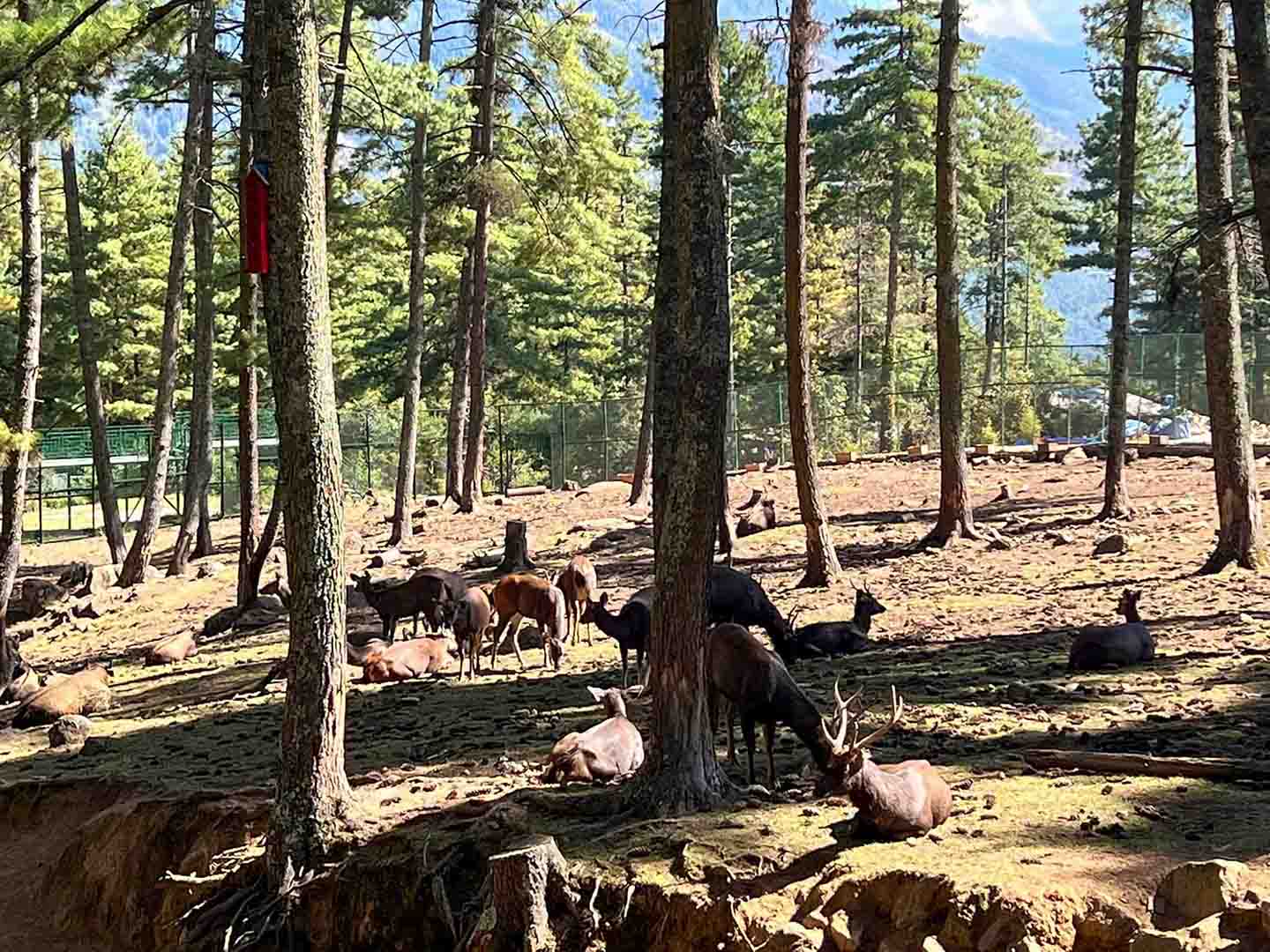
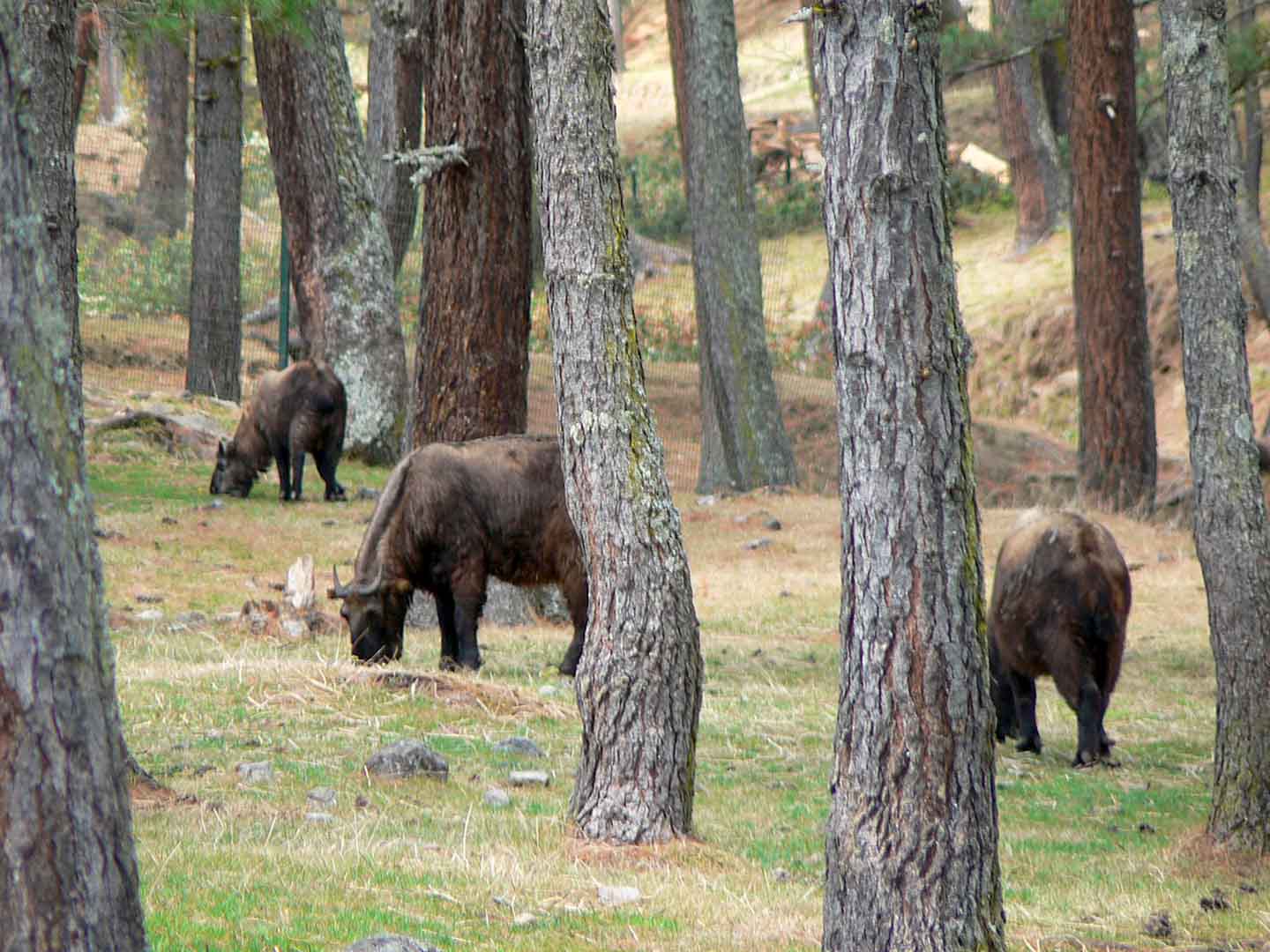
Takin Preservation Center
Jungshina Handmade Paper Facotory
Tango Monastery
National Institute of Zorig Chusum
The locals, horse teams, and a few other tourists are peppered along a well-worn track to take the Phajoding Monastery Hike. The once-prosperous and adorned Phajoding Monastery, located near Thimpu in Bhutan, was declared an “endangered monument” in 2010 due to neglect. The World Monuments Fund listed it as an endangered cultural monument. Phajoding Monastery was founded by Phajo Drugom Zhigpo, a Tibetan lama who spread the Drukpa Kagyu teachings of Buddhism in Bhutan, in the 13th century. Gyelwa Shakya Rinchen, the 9th Je Khenpo, constructed most of the buildings in 1748. The monastery currently houses 80 young monks. After reaching the monastery, tourists can opt to trek higher into the mountains for more vistas if they still have energy.
Archery is the national sport of Bhutan, and the city’s most important archery ground, near Changlimithang Stadium, is where teams compete most days of the week to hit targets over a distance of 145m. Traditional bamboo or high-tech carbon-fibre compound bows are used, and a tournament is a spectacle of good-natured ribbing and camaraderie, with singing and dancing to celebrate shots on target. The archers stand very close to the targets, making it a miracle that more archers do not get injured. An on-site shop sells traditional bamboo bows. The Prince was a competitor before he became King, and the archers’ equipment is extremely high-tech. Visitors to Bhutan will have no problem finding a tournament to watch; the archery grounds are usually near the center of town, close to the river.
Thangthong Dewachen Nunnery is a Buddhist monastery in the small Himalayan country of Bhutan. The nunnery is located in Zilukha (Thimphu District) overlooking Tashichodzong and is a few minutes’ drive from the town. It is popularly known as the Zilukha Anim Dratshang. It was built in 1976 by the 16th emanation of Thangtong Gyalpo, Drubthob Rikey Jadrel. Currently, the nunnery is home to about 60 nuns.Note: The spelling of “Thangthong” might alternatively appear as “Thangtong” in different articles and websites
The belief in Astrology is strong among the people of Bhutan. Even today, important decisions such as building a house, setting up a business, or choosing a life partner are not made without consulting an astrologer. The royalty also acknowledges its importance, as evidenced by the postponement of the present king’s coronation for nearly two years on the advice of court astrologers. They waited for the most auspicious time to ensure the prosperity of the kingdom. The Pangri Zampa Monastery, which is the Royal College of Astrology in the Kingdom, is the most important landmark related to astrology in Bhutan. Students come to learn astrology in a 6-year course, and the head astrologer of the kingdom resides there as well.
The Bhutan Postal Museum celebrated the 60th Birth Anniversary of The Fourth King of Bhutan His Majesty Jigme Singye Wangchuck by establishing it on 7th November, 2015. Attainment of the sixty is considered auspicious in Bhutan, referred to as the completion of one Rabjung. The museum showcases the evolution of communication, transportation, and postal services in Bhutan through different phases of changing times. The collection of various anecdotes, artifacts, and the rich assortment of stamps produced over the years tells the story. There are five galleries in the museum, and there is an area for multimedia where documentaries related to the postal system are screened. The Philately shop, adjacent to the Postal Museum, specializes in personalized stamps. They develop stamps with customers’ photos, and one can send postcards using these personalized stamps. The museum is located on the ground floor of the Bhutan Postal Corporation Limited Head Quarter Building in the heart of Thimphu City. It provides a comprehensive coverage of the entire Bhutanese history, making it rich in wisdom.
The Royal Botanical Garden, Serbithang was established in 1999 under National Biodiversity Centre, Ministry of Agriculture and Forests, Serbitang as an ex-situ plant conservation area and to commemorate the Silver Jubilee Celebration of the 4th King of Bhutan, His Majesty Jigme Singye Wangchuck.The primary functions of the Royal Botanical Garden are to
The Prymary Function of Rayal Botanical Garden
- Serve as the living repository of plant genetic diversity for ex situ conservation and research.
- Serve as a rescue centre for rare and threatened native floral species (prioritized native floral species).
- Promote propagation of prioritized native plants species to reduce pressures on collection from the wild and to ensure their sustainable use.
- Implement mass propagation of prioritized native flora for restorations programs and commercialization to encourage house hold cultivation and conservation.
- Provide technical services and training in plant propagation techniques to community-based groups and other interested stakeholders.
- Provide technical service in community beautification and greening projects.
- Implement targeted biodiversity education programs.
- Promote and manage garden volunteer programs.
- Participate in floral diversity documentation programs.
- Promote regional and international linkages for effective conservation and management of native plant species.
King Jigme Singye Wangchuck stepped down from the throne to make way for his son Jigme Khesar Namgyal Wangchuck to lead the kingdom of Bhutan in 2005. The new king, who studied in Britain and various universities in the US, was honored with the construction of the Coronation and Centenary Park. Ashi Chimi Yangzom Wangchuck inaugurated the park on 26 September 2006, which is positioned in the middle of Changlimithang ground and Wangchu River. The park spans over an area of 5.6 acres of land along the banks of the Wangchu River, with footpaths made of stones, canopies, and benches. It also features small swings, slides, a miniature basketball court, and a small sand football ground. Moreover, the park is adorned with gardens of more than sixty species of flowers and trees. Thimphu Power Corporation of Bhutan lights up the park in the evening.
Weekend Market
High quality Thangka Painting handicraft is privately owned shop located 10 minute drive from the Thimphu town. You can witness the live painting by the employees there and it is alos one way of preserving the local culture of painting. You get varieties of Thangka painting from cheap to most expensive painting.
Kuensel Phodrang marks your entry in the quaint town of Thimphu. It is also known as the Buddha Point which was the palace of the thirteenth Druk, Sherab Wangchuck that houses the Shakyamuni Buddha. In the centre, a grand statue of Buddha called Buddha Dordenma is placed, which is considered sacred and often visited by tourists. The hundreds of small statues are also a mesmerizing sight to watch and appreciate Buddhism. This glorious Buddha statue can be seen from any corner of the city and is one of the most significant attractions in Thimphu.
Sightseeing: Sightseeing in Thimphu is not complete without visiting the magnificent site of ‘Buddha Dordenma’. Sitting atop a hill overlooking the beautiful city of Thimphu, it is considered the world’s largest seating gilded Buddha and attracts uncountable visitors seeking peace and spirituality. ‘National Memorial Chorten’ is yet another place must visit when in the capital city. Focus of daily worship for the Bhutanese, it is always abuzz with religious activity. Early morning is the best time to visit here and see the elderly people do kora and light butter lamps.
Try archery at Simply Bhutan: If you visit simply Bhutan Museam you can try archery with local bow and arrow. Its the best opportunity to experience.
Attend concerts at Clock Tower Square: This is the happening place in Thimphu. All major concerts and activities happens here at clocktower.
Historical Tours
Some of the historical and heritage tours you can do in thimphu are visit to Textile museam to know about Thimphus cloth culture, Visit Simtokha Dzong and Tashichhodzong to know about Architecture and Farm house for heritage tours. Visiting museams and Famr house will give you authentic Bhutanese experience.
Spiritual Tours
Spiritual tours: Thimphu is full of monastery and among all Tango and Cheri is best for spiritual tours. If you are Lucky you will get the opportunity to meet the head of lama and receive blessings. If time permits the lama may give you sermon to the guest as well.
Night Life at Mojo Park
Enjoy the nightlife at Mojo Park: There are many nightlife centre and among them, Mojo Park is popular with tourists. Here they play western music to meet the need of the clients. The location is perfect for those living in the city.
There are many good restaurant in Thimphu to spend your time in eating. It depends upon whether you are vegetarian or Non veg. Though restaurant provide both veg and Non veg items here are few good restaurant we recommend for you to visit while in Thimphu.
Zombala Restaurant
Zombola: Awesome food, serves local cuisine and local alcohol. The staff is great and service is fast. You would be surprised with the bill which wouldn’t hurt your wallets. The potato momos are very good here.
Ambient Cafe
Ambient Café: Located right in the middle of town ambient café is one of the popular restaurant visited by the tourist. The restaurant offer coffee and selection of cookies, desserts Prices: 1-2 USD for coffee with nice Ambience: Best part of it, really cosy and nice place, especially if you want to come and read sth, work on your laptop or have a convo with your friend. Not recommended for big groups, a bit of quiet place, no need to spoil the ambience.
Russian Cafe
Russian Café: Its just in the middle of town. The café offers the best of Russian coffee and quick snacks. The owner take pride in offering the best of Russian meals and bread. If you are fond of Russian food this is the best restaurant to visit. Read more about the owner
Babesa Village Restaurant
Babesa Village Restaurant: The restaurant is beautiful designed in authentic Bhutanese style. The traditional building was renovated into modern amenities without changing the exterior giving you perfect sense of Bhutanese essence. They offer all kinds of Bhutanese delicacies from all around the country.
Chig-Ja-Gya at PEMAKO
Chig-Ja-Gya at Pemako: This is the restaurant inside Pemako Hotel. They offer best of Bhutanese delicacies, Indian cuisine and all continental foods.
Burger Point
Burgers Point: This is the cheap and the best way to fill your hungry belly with yummy burgers. Its located right beside the hongkong market in the city.
Chula Restaurant for special Indian Dish
Chula for special Indian Dish: For indian food lovers Chula is the best option. You get all kinds of Indian Cuisine.
The Spice for pure Vegetarian Dish
The Spice for Pure vegetarian dish: If you are the lover of spicy Indian foods, The spice is right place for you. They have absolutely tasty Dosa, Samocha chat and chat available in their menu.
Yangki Restaurant for authentic Bhutanese Dish
Yangkee Restaurant for authentic Bhutanese Dish: People from all walks of life gather here for authentic Bhutanese taste. It is own by the locals and specialized in local dishes. The restautant is best for meat lovers.
Thimphu is the fourth highest capital in the world. Surrounded by lush green valleys, it is the mini-metropolis of Bhutan. In order to reach Thimphu, one can either travel via road or take a flight. Flying to Paro from India is the most convenient way to reach Thimphu, while people seeking adventure can do a road trip via Sikkim, West Bengal and Assam.
By Air: Only two local airlines operates in Bhutan and they are Druk Air and Bhutanairlines. If you plan to tour Thimphu you need to land at Paro International airport.
However, since this airport has some rigid guidelines and limitations, you can take a flight to this only international Bhutanese airport from a selected range of Indian airports.
You can reach Thimphu from Singapore(Changi airport), Delhi Airport, Kathamndu, Bangkok, Bagdogra, and Kolkatta. These places have a direct flights to Paro International airport from where you can reach Thimphu Bhutan. Upon arrival at the airport, you can take a roadway journey from Paro to reach Thimphu and takes about 1 hour.

Thimphu don’t have train service and nearest train is in New Jalpaiguri, New Alipurduar, Siliguri, and Hasimara. This are some of the nearest railway stations to reach Thimphu by train. From these stations, you can take a drive to Jaigaon town in Alipurduar district, and enter Bhutan via Phuentsholing town. From Phuentsholing, you can further drive to reach Thimphu. This route is very long and takes about 6 hours to reach Thimphu from Phuntsholing. You need to stay over night at Phuntsholing.
Travelling By Road to reach Thimphu.
Thimphu can be reached by road only from India. You can either enter via Jaigoan(West Bengal), Assam from Gaylegphu or from Guwahati in Samdrupjongkhar.
The town of Jaigaon (West Bengal) shares its border with Phuentsholing town of Bhutan and this is the most popular route if you are travelling by road. Once you acquire your Bhutanese Visa, you can make your way to Thimphu via Phuentsholing by local Bhutanese buses or by hiring a private cab.
Weekend Market:
The weekly market takes place every Saturday and Sunday, come rain or shine. Local residents come here to catch up on the weekly gossip and buy fresh fruit and vegetables for the coming week. If your itinerary permits, you should not miss the market while in Thimphu as Bhutanese travel from remote areas to sell their products.
Farmers preside over piles of chilies, potatoes, red and white rice, buckwheat, flour, mushrooms, cauliflower, and a wide variety of unidentifiable roots at roofed stalls. Fresh fruit comes from local orchards and the southern flatlands, with colorful bananas, oranges, plums, peaches, mangoes, and pineapples overflowing the erected platforms. An assortment of dried cheeses and fish creates pungent odors in the air. At one end of the market is the meat department, with several carcasses waiting to be split and strips of flesh hanging on hooks, while innards lie nearby. The handicraft section is at the northern corner where you will find carpets, religious items, bamboo basket musical horns, brass bowls, and textiles. The people who sell their goods here are very friendly, and you might be surprised to see local monks assisting you with your purchase. The market is located on Chhogyal Lam, North of Chan-limithang Stadium, Thimphu, and opens at 6 AM, closing at sunset.
Why is Thimphu Famouse?
What is Thimphu famous for? Thimphu is the capital city of Bhutan and is known for its spectacular scenery and rich culture. It is also the largest city in the country. The spectacular 15th-century Tango Gompa is also the most sought-after site in all Bhutan.
Is Thimphu worth visiting?
It is quite expensive for tourist. But it is very nice small country with unique and amazing nature, rich national heritage and deep Buddhist culture. It can’t afford to have mass tourism. So even Bhutan is expensive let come there and at least in this way donate to the sustainable development of this small country.
What Is Thimphu famouse for?
Thimphu is the capital city of Bhutan and is known for its spectacular scenery and rich culture. It is also the largest city in the country. The spectacular 15th century Tango Gompa is also the most sought after site in all of Bhutan.
